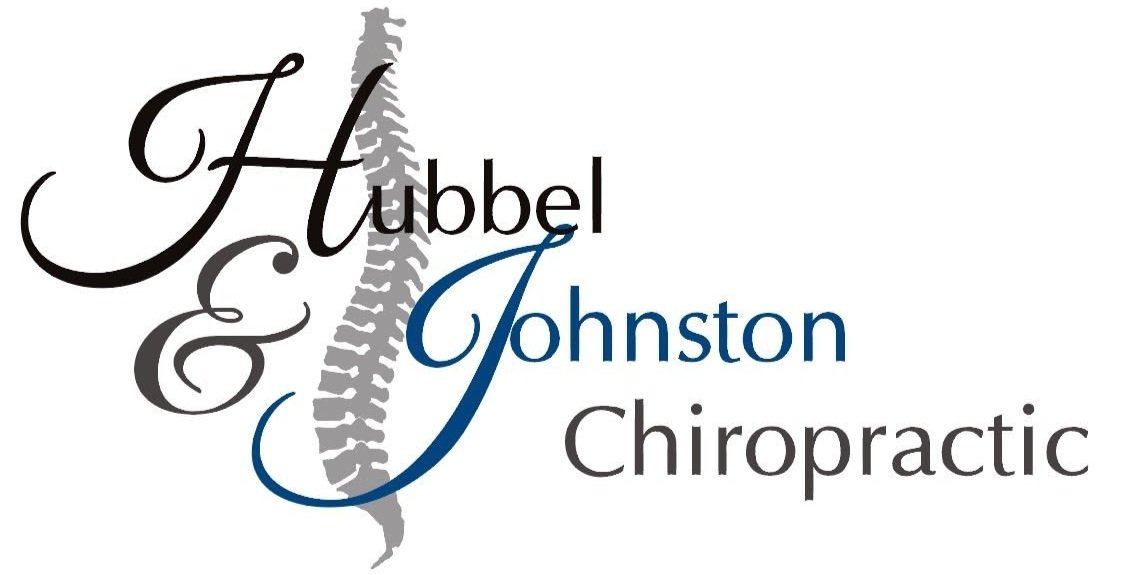November 2024 & Talking About Your Pain
Welcome to November! It is a beautiful time of year, but we know raking can take its toll. Please remember to take breaks, switch sides and stay hydrated when raking the yard.
Some November updates from around the office:
Dr. Leguard has extended her hours and is now seeing patients on Tuesday afternoons. This means that there is now a doctor in our office treating patients Monday-Thursday 8-5pm and Friday 8-12 weekly.
Louise will be celebrating 3 years with us on November 5th
Myranda will be celebrating 3 years with us on November 19th
We will be stopping treatment for a moment of silence on November 11 at 11am to honour our veterans and those lost.
Thinking ahead… we will be closed for a Holiday Break December 25 to January 6 inclusive. Although it seems far away (except when you walk into Walmart and see all the Holiday decor!), we will be booking into December in no time so we want everyone to be prepared when planning their next few appointments.
We hope all the children had a blast Trick or Treating this year. There were fantastic community events in downtown Cobourg and Port Hope with local businesses, and we’ve heard about many wonderful local Halloween events. We hope everyone stayed safe and had fun. Did anyone catch Dr. Johnston’s NoCo Mom & Baby group Halloween video on our Instagram (@hjchiropractic)?
In our office, Carleigh WON halloween dressed as Dr. Hubbel (suitcase, water bottle and breakfast muffin included). Dr. Johnston dressed as a Voodo Doll, Louise as the Tooth Fairy, Karen as a Clown, and Julie as an M&M. Alexandria rocked her Zombie Cheerleader costume, while Isla channeled Rapunzel.
Talking About Your Pain & Progress
Being able to communicate to our team of doctors and staff about your pain is an important part of your care, and a part that we’ve noticed that many of our patients find challenging. During your course of care, it is critical to understand how your condition is changing so that we can adjust the treatment that you receive to best improve your symptoms. We don’t expect your condition to be resolved (or your pain to be gone) immediately, so the “in-between” discussions of how you are feeling are important to track progress.
When we are discussing pain, there are 6 key “features” of your pain that we use to track your progress:
Location
Where in your body is the pain? Has it changed locations with treatment? Often a change in location means that your body is trying to understand how to heal.
Use words like “top, bottom, inside, outside, front, back, left and right” of a body part to describe this to us (especially with a knee or foot, which can be notoriously hard to talk about!)
Intensity
Often we use a scale of 0-10 to discuss this, which can sometimes be challenging. The “10” on the scale is the most painful thing you’ve experienced (an injury, childbirth etc) but that is different for every patient.
The most important indicator of intensity is actually how the intensity of the pain has changed over the course of treatment.
Character
This refers to the “type” of pain you feel. For example, as your body is healing, a burning pain may change to a dull ache.
Use words like dull ache, shooting, sharp, numbness (loss of sensation or lessened sensation), cramping, throbbing, tingling or burning pain.
Frequency
How often you have pain is important for us to track. Whether your pain is constant or intermittent (on/off) is important. If the pain is intermittent, we want to know for how long the pain lasts, and how many times per day it occurs.
Aggravating features
This is an especially important part of the conversation, as sometimes these aggravating features can be removed when identified, and can speed your healing process.
This can also give us information about what biomechanical processes affect your symptoms. For example, if we know that walking is aggravating, but pushing a grocery cart helps you to walk more easily, it gives us insight into your condition.
What you’re able to do
A change in your body’s ability to move and do the things you love is helpful in understanding how your condition has changed. Typically, we talk about the ability to walk further, sit or stand longer, or do something that was previously aggravating.






